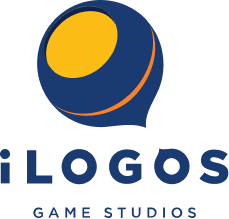936 reads
A Complete Step-By-Step Guide on How to Create a Metaverse
by
August 21st, 2022
Audio Presented by

iLogos is a game development studio that creates engaging, thoughtful, addictive stories.
About Author
iLogos is a game development studio that creates engaging, thoughtful, addictive stories.